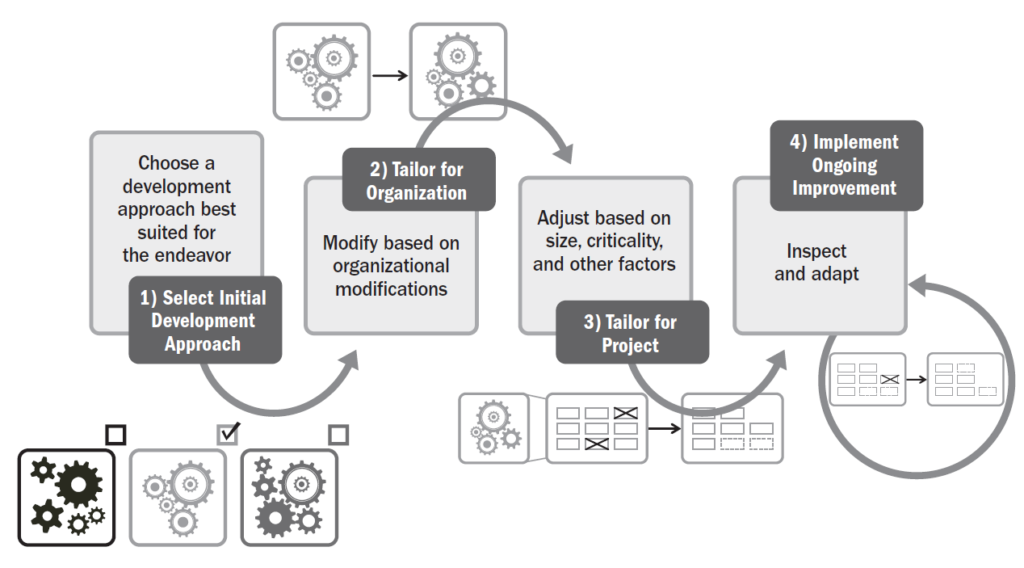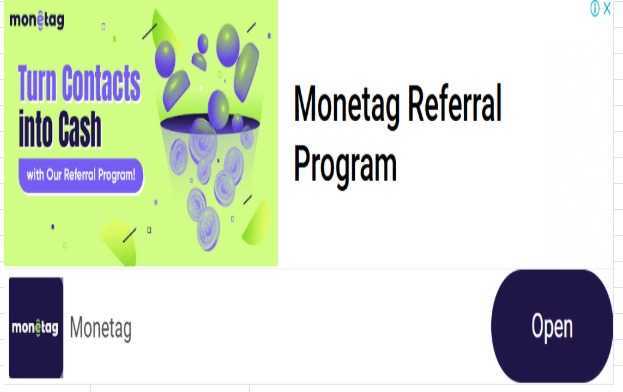Negotiation Model: Mastering the Art of Strategic Agreement in Project Management
Introduction
Negotiation is an essential skill for any project manager. Whether you are acquiring resources, aligning stakeholders, resolving conflicts, or finalizing contracts, the ability to negotiate effectively can dramatically influence project success. In the PMI PMBOK Guide (Project Management Institute’s Project Management Body of Knowledge), negotiation is not just seen as a soft skill but a structured process integrated into several knowledge areas such as Procurement Management, Stakeholder Engagement, and Resource Management.
The PMI PMBOK “Negotiation Model” offers a conceptual and practical approach to help project managers systematically conduct negotiations that lead to positive, sustainable outcomes. This blog explores the foundational elements of the negotiation model within the context of the PMBOK Guide, its relevance across project performance domains, and how practitioners can apply these techniques to real-world project environments.
Table of Contents
- What is Negotiation in the PMBOK Context?
- Importance of Negotiation in Project Management
- Core Elements of the PMBOK Negotiation Model
- Types of Negotiation Strategies
- Phases of Negotiation in Project Management
- Applications Across PMBOK Knowledge Areas
- Key Negotiation Skills for Project Managers
- Challenges in Project Negotiations
- Case Examples: Negotiation in Action
- Best Practices and Tips for Project Negotiations
- Tools and Techniques Recommended by PMBOK
- Conclusion
1. What is Negotiation in the PMBOK Context?
According to the PMBOK Guide, negotiation is a discussion aimed at reaching an agreement. It involves two or more parties with differing needs, desires, and goals, who attempt to resolve their differences and find a common ground. While the PMBOK does not provide a standalone “Negotiation Model” chapter, it embeds negotiation processes into several project management activities, particularly in Procurement Management, Resource Management, and Stakeholder Engagement.
Negotiation is identified as:
- A tool and technique under Conduct Procurements.
- A key interpersonal skill in Manage Stakeholder Engagement.
- A competency in Acquire Resources and Manage Team.
It’s a dynamic process that includes preparation, discussion, proposal, bargaining, and agreement.
2. Importance of Negotiation in Project Management
Effective negotiation directly impacts:
- Project success and delivery: It ensures agreements are made efficiently regarding scope, cost, time, and quality.
- Conflict resolution: Reduces friction between stakeholders.
- Stakeholder satisfaction: Achieves win-win results.
- Team collaboration: Strengthens relationships within the project team and with external parties.
Without proficient negotiation, projects may suffer from unclear expectations, resource bottlenecks, poor supplier performance, and escalated conflicts.
3. Core Elements of the PMBOK Negotiation Model
The PMBOK negotiation framework is not rigid but comprises several structured components that can be seen as a “model” when combined:
a. Preparation
- Research needs, issues, goals, and limits of all parties.
- Understand the BATNA (Best Alternative to a Negotiated Agreement).
b. Clear Objectives
- Define what outcomes are acceptable, ideal, and unacceptable.
- Align negotiation goals with project goals.
c. Communication and Active Listening
- Engage in open, honest, and assertive communication.
- Focus on understanding the needs and interests, not just positions.
d. Win-Win Orientation
- Aim for mutual benefit and sustainable agreements.
- Consider long-term relationships, not short-term gains.
e. Documentation
- Agreements should be documented clearly to avoid future conflicts.
These elements are implemented during stakeholder engagement, procurement, and resource acquisition.
4. Types of Negotiation Strategies
There are several styles or approaches a project manager can adopt based on the situation:
a. Distributive Negotiation (Win-Lose)
- Competitive, zero-sum outcome.
- Often used in price negotiations.
b. Integrative Negotiation (Win-Win)
- Collaborative, interest-based negotiation.
- Most aligned with PMBOK values.
c. Accommodating
- Yielding to others’ interests to maintain harmony.
d. Avoiding
- Not engaging in negotiation, often when stakes are low.
e. Compromising
- Each party gives something up.
f. Collaborating
- A deep search for a mutual solution—ideal for long-term projects.
PMBOK encourages collaborative and integrative strategies to foster long-term stakeholder relationships.
5. Phases of Negotiation in Project Management
The negotiation process in project management typically unfolds in these five stages:
1. Preparation and Planning
- Identify goals, stakeholders, and power dynamics.
- Assess BATNA and develop proposals.
2. Opening
- Set the tone with a respectful introduction.
- State the agenda and expectations.
3. Exploration
- Exchange information.
- Identify interests behind positions.
- Clarify assumptions.
4. Bargaining and Problem Solving
- Make and respond to offers.
- Look for trade-offs and concessions.
5. Closure and Agreement
- Summarize agreement points.
- Document decisions.
- Define next steps and responsibilities.
These phases mirror PMBOK’s structured, process-driven approach.
6. Applications Across PMBOK Knowledge Areas
Negotiation is embedded in multiple knowledge areas:
a. Procurement Management
- Negotiating contracts, SLAs, and deliverables.
- Example: Negotiating with vendors for software licensing costs.
b. Resource Management
- Negotiating with functional managers for key personnel.
- Example: Securing a skilled developer from another department.
c. Stakeholder Engagement
- Negotiating stakeholder expectations and involvement.
- Example: Aligning executive sponsor expectations with project scope.
d. Scope and Schedule Management
- Adjusting deliverables and timelines.
- Example: Negotiating scope changes with the client.
7. Key Negotiation Skills for Project Managers
Successful negotiation requires a balance of interpersonal and cognitive skills:
- Emotional Intelligence – Reading emotional cues and managing personal reactions.
- Active Listening – Truly understanding the other party’s perspective.
- Assertiveness – Standing firm without aggression.
- Persuasion – Influencing through logic and benefits.
- Analytical Thinking – Evaluating trade-offs and scenarios.
- Cultural Awareness – Understanding cultural sensitivities.
- Adaptability – Switching strategies as needed.
These skills align with the PMI Talent Triangle, especially the leadership and strategic business management sides.
8. Challenges in Project Negotiations
Despite preparation, negotiations can face multiple challenges:
- Unclear Objectives – Parties unsure of what they want.
- Power Imbalance – One party may dominate.
- Emotional Outbursts – High-pressure situations may lead to conflict.
- Language and Cultural Barriers – Misunderstandings due to differences.
- Resistance to Concession – Parties unwilling to move from positions.
- Time Constraints – Pressure to make quick decisions.
PMI suggests risk mitigation techniques such as using mediators, pre-negotiation training, or formal dispute resolution frameworks.
9. Case Examples: Negotiation in Action
Case 1: Vendor Contract Negotiation
A project manager negotiates with a cloud services vendor for lower rates. The vendor resists, citing fixed pricing. The PM uses market research (preparation) and offers a longer-term commitment (collaborative strategy), leading to a discounted contract with additional support.
Case 2: Internal Resource Negotiation
A PM needs a data analyst for 3 months. The resource manager says she’s only available for 2. They negotiate staggered availability and adjusted tasks, ensuring critical milestones are not affected.
Case 3: Stakeholder Expectation Alignment
A sponsor wants additional reporting without changing the project deadline. The PM explains capacity limitations (assertive communication) and offers a compromise—adding reporting after initial release.
10. Best Practices and Tips for Project Negotiations
- Know Your BATNA: Always prepare your fallback option.
- Build Relationships First: Establish trust before getting to business.
- Separate People from the Problem: Focus on the issue, not personalities.
- Listen More Than You Talk: Understand interests beneath the surface.
- Stay Professional and Calm: Emotional regulation is key.
- Use Objective Criteria: Rely on facts, benchmarks, or standards.
- Document Everything: Avoid future misinterpretations.
11. Tools and Techniques Recommended by PMBOK
While the PMBOK doesn’t specify negotiation tools in a dedicated section, several techniques and tools support effective negotiation:
- Stakeholder Analysis Matrix: Helps tailor negotiation strategies.
- Procurement Management Plans: Includes negotiation strategies.
- Power/Interest Grid: Assesses influence in stakeholder negotiation.
- Contract Types (Fixed-Price, T&M, Cost-Reimbursable): Choosing the right one simplifies negotiation.
- Issue Logs: Useful for tracking negotiated outcomes and pending decisions.
12. Conclusion
Negotiation is both an art and a science, and in the project management realm guided by the PMI PMBOK, it becomes a critical competency that influences nearly every aspect of a project. From acquiring resources to managing vendors and aligning stakeholder expectations, negotiation is indispensable.
The PMBOK negotiation model—though not formally labeled as such—can be understood as a structured, principled approach combining preparation, communication, collaboration, and documentation. Project managers who master these negotiation practices create value for their organizations, enhance stakeholder relationships, and dramatically increase the likelihood of project success.
In today’s complex project environment, where stakeholders are diverse and expectations constantly evolve, the ability to negotiate strategically is not optional—it is essential.



